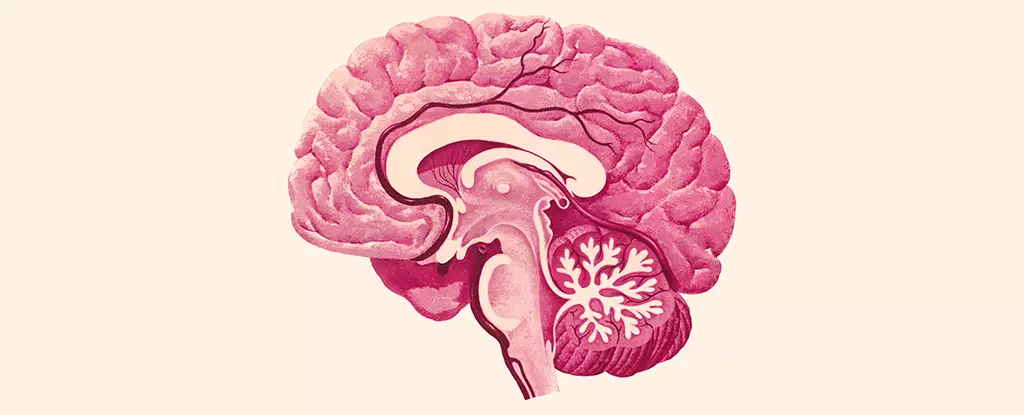Herpes simplex virus type 1 (HSV-1) is well known as the virus responsible for cold sores, yet research is revealing its potential implications beyond just a skin infection. Recent studies indicate that HSV-1 can infiltrate the brain and central nervous system (CNS), raising concerns about its broader neurological effects. This article delves into a pivotal study led by researchers at the University of Colorado and the University of Bourgogne, which illuminates the pathways of HSV-1 invasion and its consequences on brain function, particularly in relation to neurodegenerative diseases such as Alzheimer’s.
HSV-1 can enter the CNS through multiple pathways: primarily via the trigeminal nerve, which transmits sensations from the face, or through the olfactory nerve, responsible for our sense of smell. While these entry points are known, the mechanisms of how HSV-1 propagates within the brain remain complex and not entirely understood. Neurologist Christy Niemeyer emphasized the importance of mapping these infection routes, stating that clarifying how HSV-1 invades brain regions is crucial for developing strategies to counteract its potentially damaging effects.
In their findings, the research team discovered that several vital areas of the brain were significantly affected by HSV-1. The brain stem, which plays a crucial role in regulating autonomic functions like heart rate, respiration, and sleep, as well as the hypothalamus, which manages appetite, mood, and hormone regulation, displayed high levels of viral activity. This is particularly concerning as these areas are essential for maintaining homeostasis and orchestrating bodily functions.
Interestingly, other critical regions, such as the hippocampus—the center for memory and spatial navigation—remained largely unaffected by HSV-1, which might seem reassuring. However, the implications of the virus’s targeted regions suggest that the disruptions could have longer-term effects on cognitive functions.
The study also explored the activity of microglia, the brain’s resident immune cells, which typically serve to protect and maintain neural health. Upon interaction with HSV-1, these microglia exhibited signs of inflammation, a critical factor in neural health. What’s notable is that inflammation persisted even after the virus was no longer detectable, indicating that chronic inflammatory responses could arise from HSV-1 infection. Such prolonged inflammation can compromise brain function and is recognized as a precursor to various neurodegenerative conditions.
Niemeyer pointed out that while HSV-1 may not induce an acute condition like encephalitis in all cases, its presence could still interfere with how affected brain regions operate. The aftermath could manifest through symptoms related to cognitive decline, mood disorders, or other neurodegenerative signs.
This research adds a crucial piece to the puzzle concerning the relationship between HSV-1 and diseases such as Alzheimer’s. There is growing evidence that the inflammatory response triggered by HSV-1 may be a catalyst for the progression of neurodegeneration. The overlapping effects of HSV-1 on the same brain regions implicated in Alzheimer’s disease raises further questions about prevention strategies and possible therapeutic interventions.
The study highlights an essential notion: chronic inflammation linked to HSV-1 may exacerbate the pathological processes that lead to neurodegenerative diseases. As researchers continue to investigate this correlation, it opens pathways for understanding how lifestyle choices, preventive measures, and potential treatments could mitigate infection-related neural damage.
The insights gleaned from this latest research on HSV-1 not only deepen our understanding of how cold sores can impact brain health but also level the playing field in the discourse surrounding neurodegenerative diseases. Continued investigation into the ramifications of HSV-1 on the CNS is vital, not just for individual health implications but for broader public health perspectives. The findings reiterate the importance of understanding viral infections in the context of neurological health, providing a foundation for future studies that could inform preventive measures and therapeutic strategies aimed at protecting the aging brain.


Leave a Reply